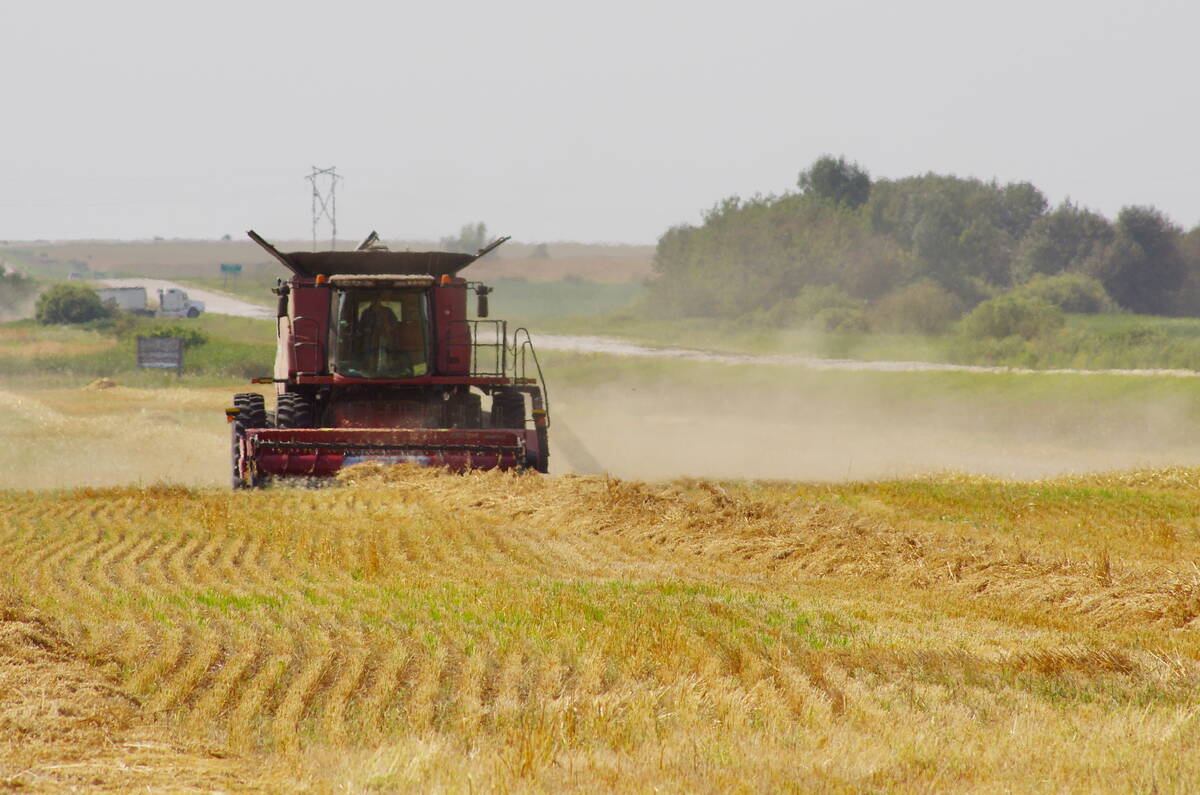Manitoba farmers are cautiously optimistic that the bad spring weather might reduce input costs if they can skip one or two insecticide applications.
But it’s still too early to make that determination, according to Manitoba Agriculture entomologist John Gavloski.
Cold weather and frozen ground prevented seeding in April. Nearly all the seeding was completed before the end of May, with most of that work done in late May.
Gavloski says that overall, the 2013 crop went in just slightly later than normal.
Will that have any impact on insect populations?
Read Also

Herbicide resistance sprouts in Manitoba’s wild oats
Farmers across Manitoba this fall are gearing up for the latest salvo in what, for many, has become a longtime battle to beat out wild oats.
“It’s varies with different crops and insects,” he says.
“With some insects, like flea beetles in canola for instance, the worst case scenario is the seed went into the cold ground too early so it sat there in the cotyledon stages for weeks.
“The seed treatment wears out and the crop just sits there in a vulnerable condition for too long. People have to get out there are spray. In fact some people have already been spraying for flea beetles.”
Gavloski says he noticed the crop seems to be growing through the vulnerable stages fairly quickly in a lot of later seeded canola fields. He attributes that to the fact that later seeding equates to warmer soil temperatures.
“A number of producers have told me that their late seeded canola shows a lot of flea beetles present on the leaves, but the plants still look healthy, so they’re just going to let it go.”
“My hope is that the amount of foliar spraying can be reduced in these late seeded canola fields.
“Later seeded cereals can be vulnerable to aphids, which travel on those strong south winds we always get in the spring. The good news here is that the closest cereal aphids right now are in southern Minnesota.”
Manitoba typically receives a lot of strong south winds through the month of May, but this year was different, with a relatively low number of south wind days.
“We’ve been checking for the insects that normally blow in on those south winds. Not many have showed up yet.”
Gavloski says Manitoba had some issues with aphid species, diamondback moths and aster leaf hoppers in 2012.
The aster leaf hopper populations were well above typical levels and they arrived earlier than normal.
“So far this year, we haven’t found one aster leaf hopper. A colleague in Saskatchewan, an (Agriculture Canada) scientist, is doing research on aster leaf hopper and they can’t find enough of them to conduct their research. They just have not blown in, so this is good news for us.
“I know farmers want to get their crops seeded early, but that can work against you if the weather remains cool and the crop just sits there getting weaker by the day.
“I think it’s smarter to wait until the soil temperature is up to the point where the crop wants to get a good start and grow fast.”
For more information, contact John Gavloski at 204-745-5668.

















